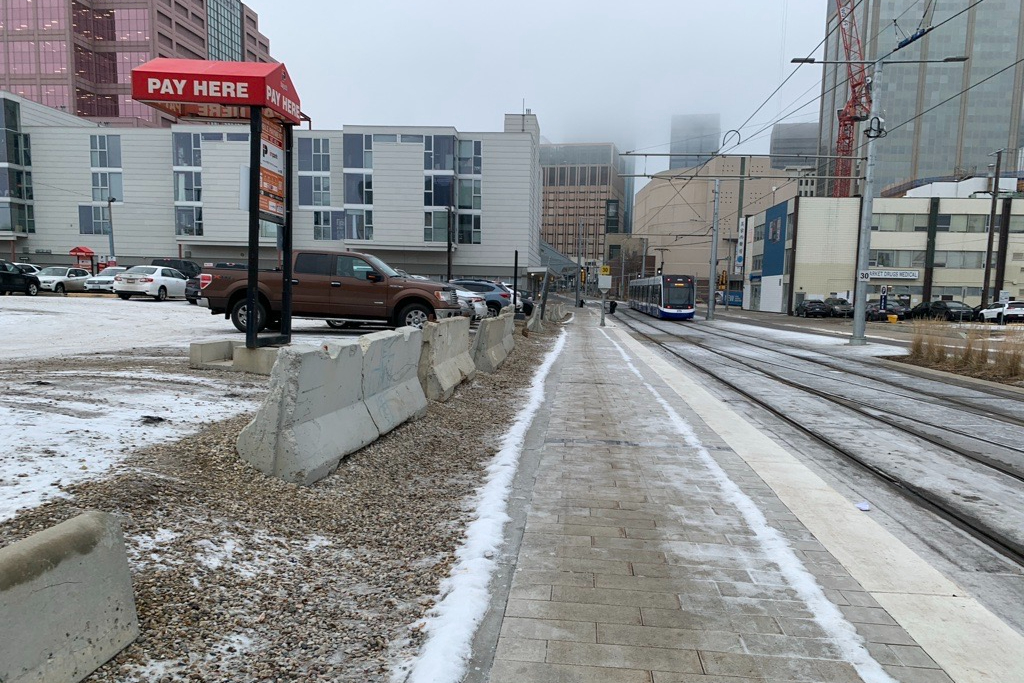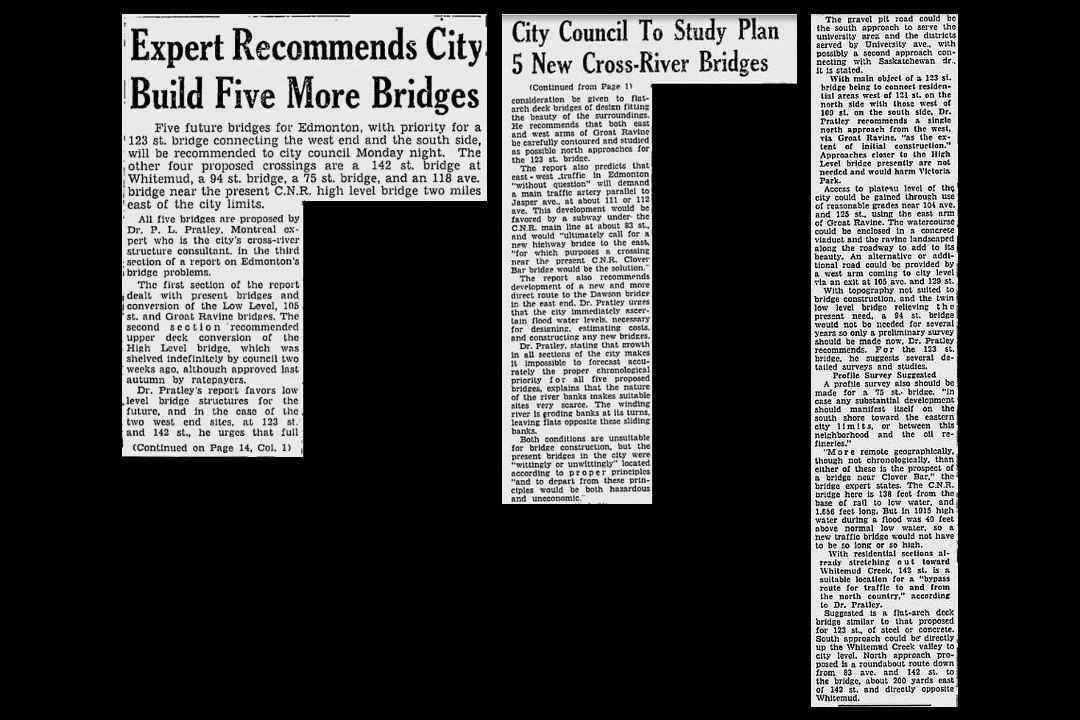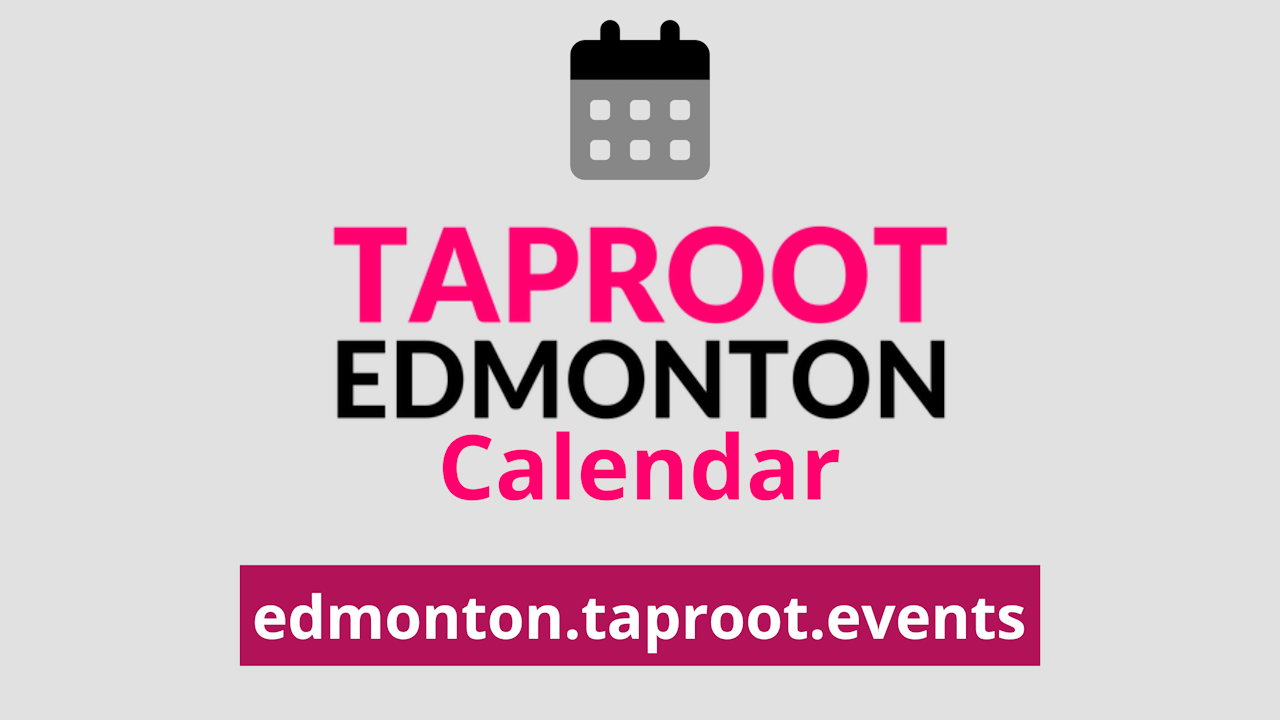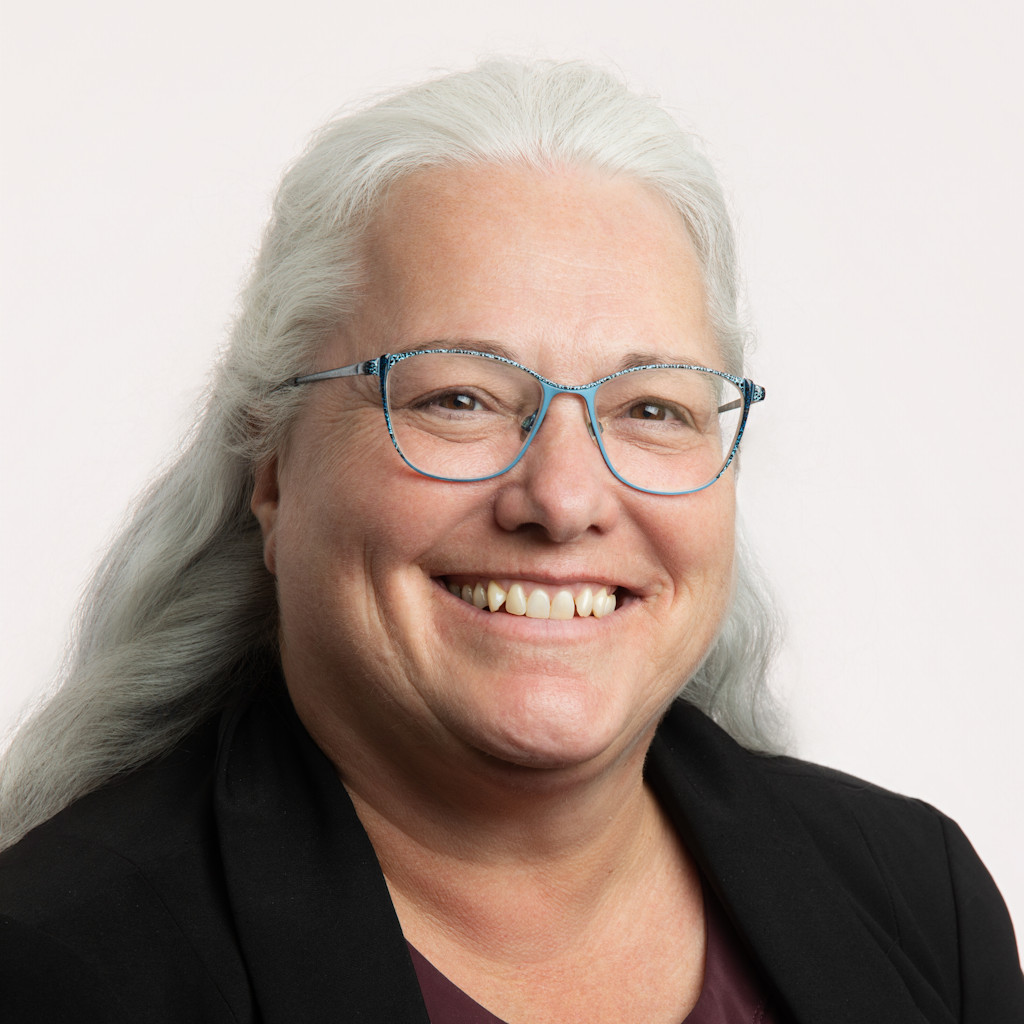
Land sales signal change could be coming to The Quarters
Several city-owned lots in The Quarters are in the process of being sold to developers, giving at least one city councillor a glimmer of hope that there is legitimate progress to revitalize the 106-acre neighbourhood.
"There are some active land sales and I know (of some) solicitation of proposals," Coun. Anne Stevenson told Taproot. "So, that's certainly something that I think is important."
Two land parcels the city owns in The Quarters — the Koermann Block and lots close to Rowland Road — are now up for sale, and they carry incentives for developers of up to $1.5 million in city money to service the site into a state that can allow redevelopment. The city specifies it wants affordable housing on the listing.
A spokesperson in Stevenson's office confirmed the city will use the incentive money to "de-risk the investment and support the intent of having affordable housing on these sites."
Work to revitalize The Quarters, an expanse of land that's largely being used as surface parking across 18 city blocks, began with a community visioning exercise in 2006. The area was formerly Edmonton's residential and commercial hub before that activity shifted westward, leaving many of the original buildings to fall into disrepair. The announcement of Canada Place in the late 1970s is often cited as a significant change that pushed much of the remaining vibrancy (and buildings) out.
The city first started work on a plan for The Quarters in 2009. It anticipated that, once fully built, between 18,000 to 20,000 people would call the neighbourhood home, up from the current 2,500 or so residents. The plan roughly coincided with several other plans the city started at the time for redevelopment in the core, including Blatchford (2010), West Rossdale (2014), and the Exhibition Lands (2017).
Like many of those planned redevelopment sites, the amount of new housing added in The Quarters has been incremental. But unlike those sites, Stevenson said, The Quarters is unique because the city does not own all or most of the land — an important distinction. "I think that's a unique challenge to The Quarters and one that I think is at the heart of where we're at right now."
Beyond the incentives that offer public money to spur development in The Quarters, Stevenson said she hopes the city can change any specific zoning to cut potential barriers and continue conversations with existing landowners "to understand what barriers they see (and) what, from their perspective, are the pieces that need to be in place to help get them to a point of developing."
Finally, Stevenson said the city's new approach to parking-lot permits could offer a significant boost. The policy will allow existing lot owners to apply for temporary permits but also require improvements before those permits are issued. "Those (owners) who choose to not take that approach will be prioritized for enforcement," Stevenson said. "Either we're improving the streetscape or improving the look and feel of the area through enhancements, (or) conversely (we're) shutting them down and potentially creating a situation where the holding cost of those parcels, when they don't have active parking on them, maybe incentivizes property owners to develop or to sell on to someone who's more focused."




